Motorcycle grips are a critical component of any motorcycle. They not only provide comfort and control but also play a significant role in overall riding safety. The right grips can enhance your handling experience, improve comfort during long rides, and even reduce vibrations. With numerous options available, it’s essential to understand the different types of grips and their respective benefits. This article delves into the various types of motorcycle grips, their material types, features to consider, maintenance tips, and recommendations for selecting the best grips for your motorcycle.
The Importance of Motorcycle Grips
Enhancing Control and Stability
Motorcycle grips are the points of contact between the rider and the bike. They are essential for ensuring control over the handlebars, allowing riders to steer, accelerate, and brake effectively. The right grips provide stability and allow for quick responses to changing road conditions.
If grips are too slick or uncomfortable, a rider may struggle to maintain control, especially in challenging weather conditions or uneven surfaces. Proper grips help improve handling, contributing to a safer riding experience. Furthermore, high-quality grips can reduce the likelihood of fatigue during long rides, allowing for better focus on the road ahead.
Comfort During Rides
Long motorcycle rides can lead to fatigue and discomfort, especially in the hands and wrists. Quality motorcycle grips are designed with ergonomics in mind, providing a comfortable surface for your hands to rest against. Features such as padding, contouring, and textured surfaces can significantly improve the overall comfort of your ride.
Comfortable grips can also reduce the transmission of vibrations from the engine to your hands. Less vibration means that you are less likely to experience numbness or tingling during long trips. Riders often underestimate the importance of grips in enhancing overall comfort, but they play a significant role in the riding experience.
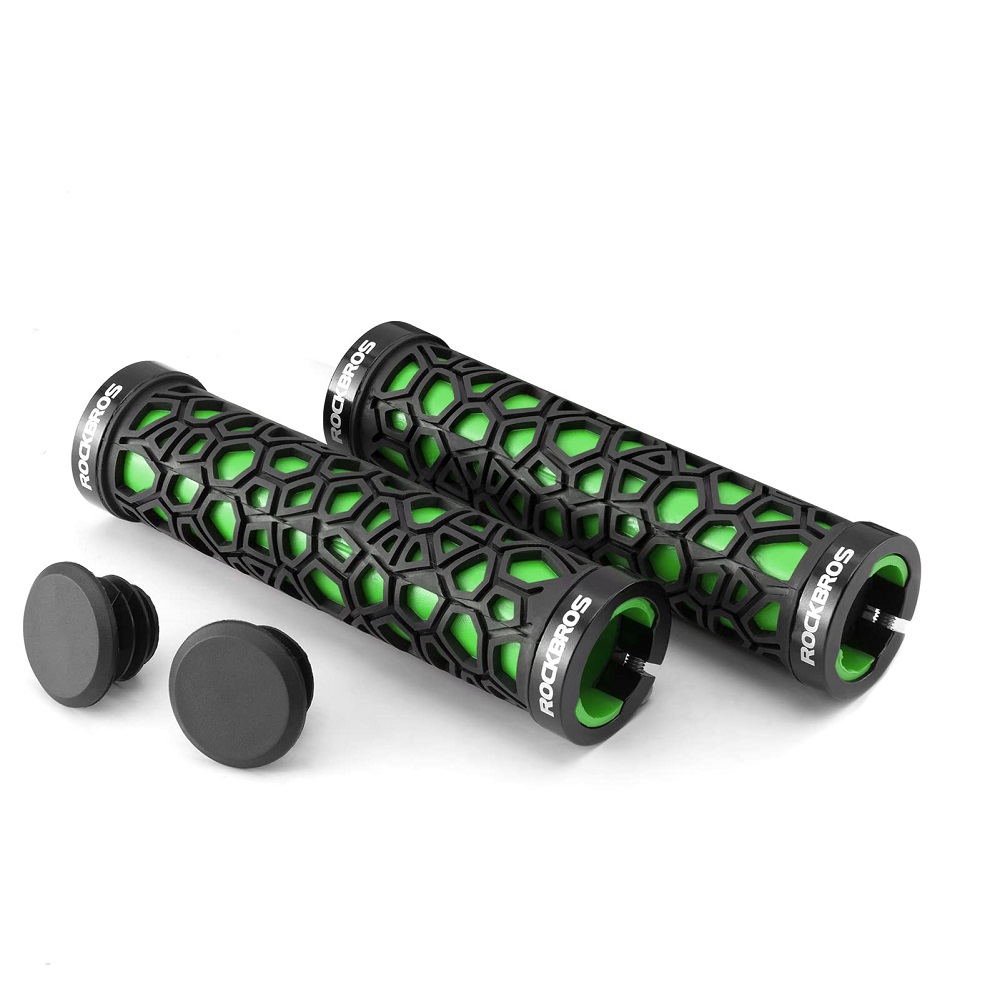
Types of Motorcycle Grip
Rubber Grips
Rubber grips are one of the most common types of motorcycle grips available. Known for their soft feel and excellent shock absorption, rubber grips provide a comfortable, non-slip surface for riders. They are available in various thicknesses and patterns, allowing riders to choose a style that suits their preferences.
One of the key advantages of rubber grips is their affordability and widespread availability. Additionally, they offer good weather resistance, making them suitable for various riding conditions. Rubber grips are often a go-to choice for everyday riders looking for comfort and performance.
Foam Grips
Foam grips are another popular option, particularly among riders who prioritize comfort. These grips are made from lightweight foam material that offers excellent cushioning. Foam grips typically have a softer touch than rubber, providing a comfortable interface for handling.
While foam grips are highly comfortable, they may not offer the same level of durability as rubber or other materials. They can wear down more quickly, especially with exposure to rain, dirt, and oils. Despite this drawback, many riders find foam grips appealing due to their ergonomic design and the reduction of vibrations.
Gel Grips
Gel grips are a newer option that combines the benefits of rubber and foam materials. As the name implies, these grips contain gel inserts that provide exceptional cushioning and comfort. Gel grips are particularly effective at absorbing vibrations, making them ideal for long-distance riders.
The downside to gel grips is that they can be slightly heavier than other types. However, many riders believe the benefits outweigh the weight. Gel grips can also come in various styles and colors, adding a personalized touch to your motorcycle.
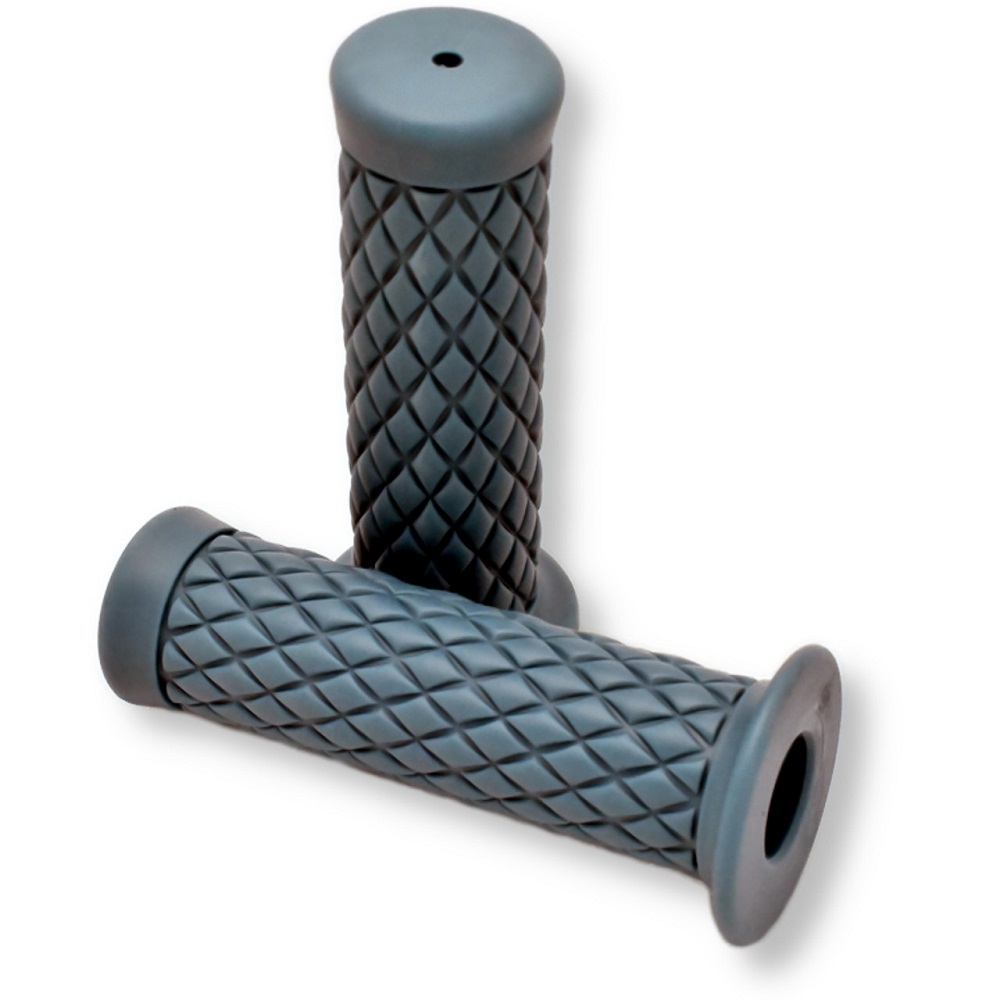
Key Features to Consider
Grip Thickness
Grip thickness plays a significant role in comfort and control. When selecting grips, consider how thick you prefer them to be. Thicker grips may provide more comfort, especially on longer rides, but they can also alter your ability to feel the bike’s controls.
Conversely, thinner grips may offer better sensitivity, allowing you to feel more connected to the motorcycle. Finding the right balance that suits your comfort level and riding style is essential. Some manufacturers offer grips with dual thickness, providing options for customization.
Texture and Finish
The texture and finish of motorcycle grips are also important factors to consider. A textured surface can provide a better grip, reducing the chances of your hands slipping during rides. Various patterns are available, including knurled, ribbed, and diamond patterns, each offering unique levels of grip and comfort.
The finish of the grips can affect not only aesthetics but also functionality. Glossy finishes can make grips feel slippery, while matte textures can offer more control. Choosing grips with a texture that feels comfortable and secure is essential for improving your overall riding experience.
Installation Process
When selecting motorcycle grips, consider the installation process. Some grips are designed for easy mounting with basic tools, while others may require more complex procedures. Understanding how to install the grips you choose can save you time and effort.
Many manufacturers provide documentation or online resources that can guide you through the installation process. Additionally, some grips come with universal mounting options, allowing them to fit various handlebar types. Knowing how to install your new grips ensures a hassle-free experience when upgrading your motorcycle.
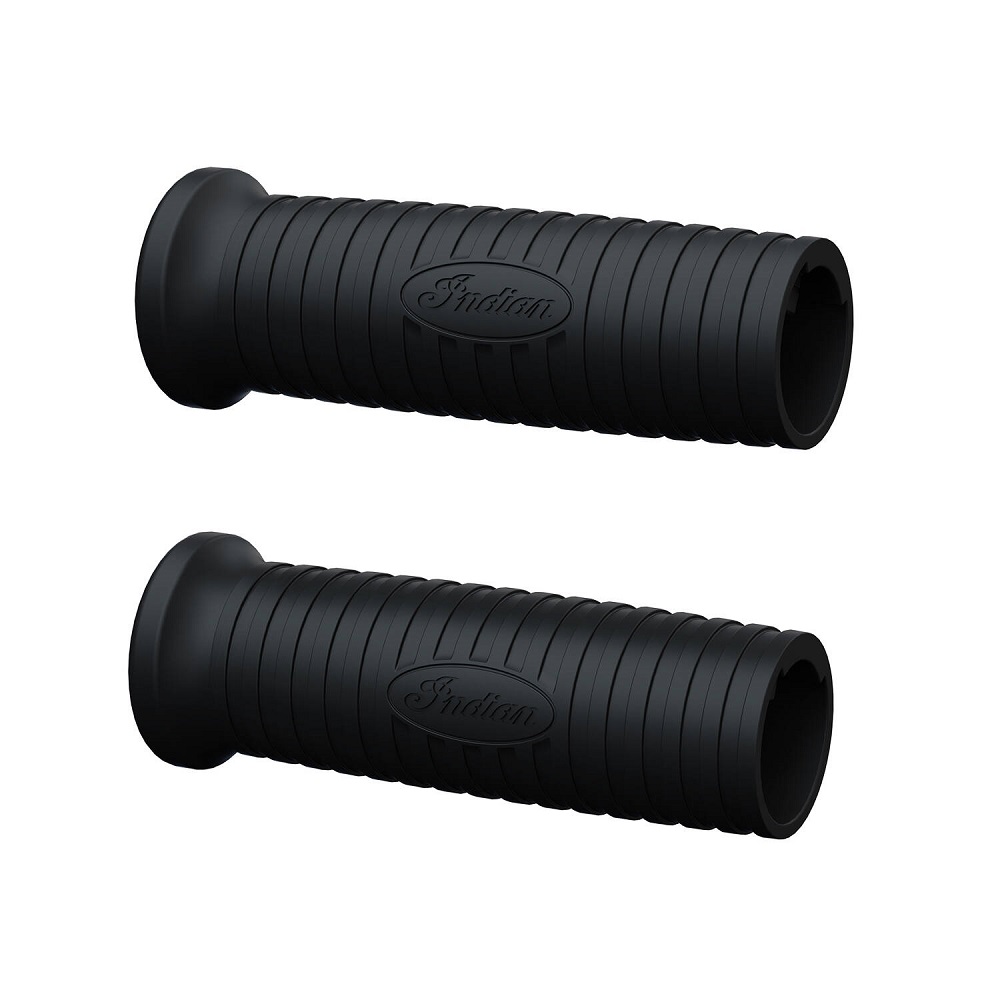
Maintenance Tips for Motorcycle Grip
Regular Cleaning
To extend the life of your motorcycle grips, regular cleaning is essential. Dirt and grime can accumulate on the surface, affecting their performance and comfort. Use a soft cloth and mild cleaning solution to wipe down the grips after each ride, especially if you have been riding in adverse weather conditions.
Avoid using harsh chemicals that could damage the grips or alter their texture. Regular cleaning helps maintain the appearance and functionality of your grips, ensuring that they remain comfortable and safe to use.
Inspect for Damage
Regularly inspect your motorcycle grips for signs of wear or damage. Look for cracks, peeling, or significant wear on the surface. Signs of wear can compromise the grip and comfort, affecting your performance on the road.
If you notice damage, consider replacing the grips promptly. Waiting too long to address the issue may lead to further problems, such as difficulty holding the handlebars or loss of control during rides. Keeping a close eye on your grips will promote safety while riding.
Replacing Worn Grips
Replace your motorcycle grips as soon as you notice significant wear or damage. Install new grips that suit your preferences and accommodate your riding style. Many aftermarket options are available, allowing for customization and better performance.
Remember that selecting high-quality grips is important for your overall experience. Take your time researching and examining different styles before making a purchase. With proper maintenance and timely replacements, your motorcycle grips can enhance your riding experience for years.
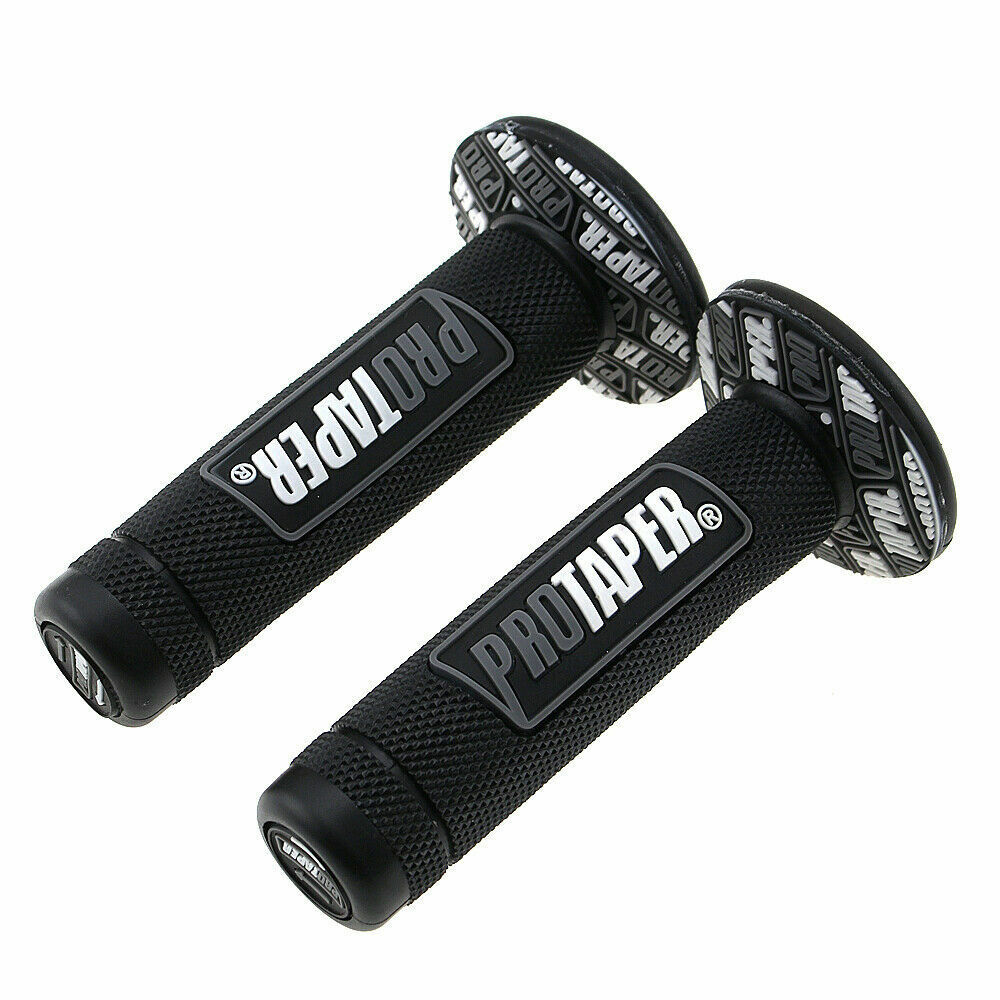
Popular Brands of Motorcycle Grip
Renthal
Renthal is well-known in the motorcycle industry for producing high-quality grips that are favored by both casual riders and professionals. Their grips are made from durable materials designed to withstand wear and provide excellent grip during rides. Many riders appreciate Renthal’s focus on both comfort and performance.
The company offers a variety of grips that cater to different preferences. Their grips come in various sizes and textures, making it easier for riders to find options that suit their individual needs. Reviews frequently highlight Renthal grips for their excellent finishing quality and reliable performance.
ODI
ODI is another reputable brand that has made a name for itself in the motorcycle grip market. Known for their innovative designs and proprietary materials, ODI grips provide both comfort and performance. Their grips are often seen on off-road motorcycles and dirt bikes, showcasing their durability in tough conditions.
Many riders appreciate the customizable nature of ODI grips, as they can be easily fitted to different handlebar sizes. Their unique features, such as lock-on technology, ensure that grips stay securely in place during rides. This attention to detail has made ODI a popular choice among motorcyclists.
ProTaper
ProTaper has earned a strong reputation for producing high-quality motorcycle grips. Their grips are known for their ergonomics and comfort, catering to riders looking for better handling and reduced fatigue. ProTaper offers a range of grips to suit different riding styles, from casual commuting to serious off-road adventures.
The use of advanced materials in ProTaper grips ensures they remain durable and can withstand harsh environments. Riders often praise these grips for their reliability and performance, making them a solid choice for those seeking enhanced control on the bike.
Choosing the Right Motorcycle Grip
Assessing Your Riding Style
Before purchasing motorcycle grips, evaluate your riding style. Do you primarily ride on the road, off-road, or both? Understanding how and where you ride can help you choose grips that accommodate your specific needs. For instance, riders who frequently venture off-road may prioritize durability and grip.
Conversely, street riders may value comfort and aesthetics more heavily. Knowing your riding habits will enable you to select grips that enhance your performance and comfort while on the motorcycle.
Trying Grips Before You Buy
If possible, try different grips before making a purchase. Visiting a local motorcycle shop allows you to test various grips and get a feel for how they perform. Pay attention to the texture, thickness, and overall comfort of each option.
Trying grips on your motorcycle can also provide valuable feedback on how they fit and feel while riding. Ensuring that your grips complement your riding style enhances your overall experience on the bike.
Understanding Your Budget
Establishing a budget before shopping is wise, as motorcycle grips are available at various price points. While many affordable options offer decent quality, others may be priced higher for advanced features and materials.
Consider the long-term investment that quality grips represent. Spending a little more on durable, high-performance grips can save you money in the long run by preventing the need for replacements. Balance cost and quality to make the best choice for your budget.
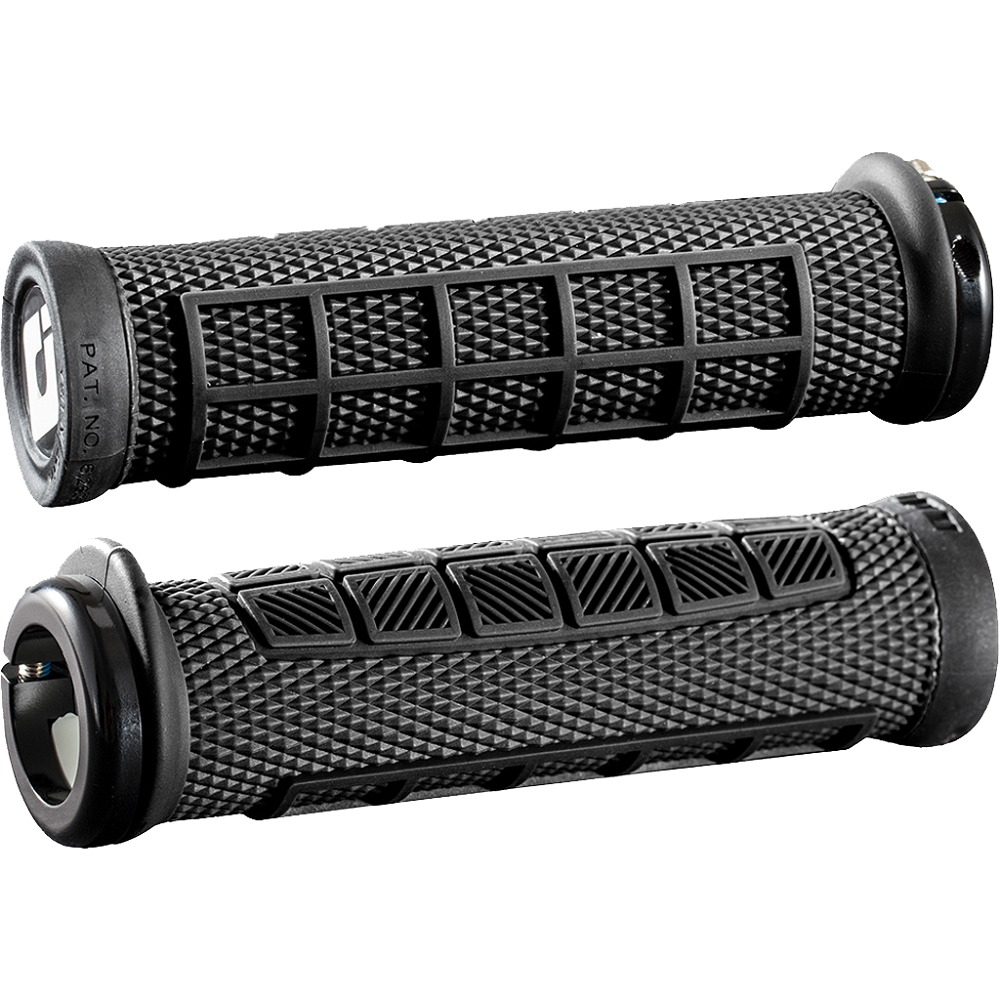
FAQ:
1. What are motorcycle grips, and why are they important?
Answer: Motorcycle grips are the rubber or foam coverings attached to the handlebars of a motorcycle. They are essential for several reasons:
- Comfort: Grips provide cushioning for the hands, reducing fatigue during long rides.
- Control: They improve grip on the handlebars, enhancing control and handling of the motorcycle, especially in varied weather conditions.
- Vibration Dampening: Quality grips can absorb vibrations from the motorcycle, contributing to a more comfortable riding experience.
- Aesthetics: Motorcycle grips come in various styles and colors, allowing riders to customize the appearance of their bike.
2. What are the different types of motorcycle grips available?
Answer: There are several types of motorcycle grips, including:
- Rubber Grips: The most common type, offering good comfort and grip, available in various textures and designs.
- Foam Grips: Lightweight and soft, these grips provide excellent cushioning but may wear out more quickly than rubber.
- Gel Grips: Filled with gel to absorb vibrations, these grips are designed for maximum comfort but may be slightly heavier.
- Heated Grips: These grips have built-in heating elements, providing warmth during colder rides and improving comfort in low temperatures.
- Custom Grips: Many riders opt for custom grips that include unique designs, textures, and materials, allowing for personalization.
3. How do I choose the right grips for my motorcycle?
Answer: When choosing motorcycle grips, consider the following factors:
- Comfort: Try different materials (rubber, foam, gel) to find the one that feels the best for your riding style and hand size.
- Type of Riding: Consider what type of riding you do most. If you ride frequently in cold weather, heated grips may be beneficial. For long-distance touring, prioritize comfort.
- Size and Shape: Ensure grips fit well on your motorcycle’s handlebars and that the diameter is comfortable for your hands. Some grips are thicker or thinner, affecting overall comfort and control.
- Style: Think about aesthetics and whether you want a specific color or design that matches your motorcycle.
- Installation: Some grips have more complex installation requirements than others; ensure you are comfortable with the installation process or seek professional help.
4. How do I install or replace motorcycle grips?
Answer: Installing or replacing motorcycle grips typically involves the following steps:
- Remove Old Grips: If replacing, cut the old grips away carefully using a utility knife (be cautious not to damage the handlebars).
- Clean the Handlebars: Ensure the handlebar surface is clean and free from adhesive or debris to allow for a secure fit.
- Prepare New Grips: If needed, apply a small amount of grip glue or soapy water to the inside of the new grips for easier installation.
- Slide on New Grips: Position the new grips on the handlebars, pushing them as far as necessary. Ensure they are aligned correctly with controls and levers.
- Secure the Grips: If using glue, allow it to set according to the manufacturer’s instructions. Otherwise, ensure the grips fit snugly against the end caps or bar ends.
- Test: Once installed, check the grips for comfort and stability before riding.
5. How do I maintain my motorcycle grips?
Answer: To maintain your motorcycle grips, follow these tips:
- Regular Cleaning: Wipe down grips with a damp cloth to remove dirt, dust, and debris that can affect grip texture.
- Avoid Harsh Chemicals: Use mild soap and water for cleaning; avoid chemicals that could degrade the grip material.
- Inspect for Wear: Regularly check grips for signs of wear, such as cracks or significant smoothing, and replace them as necessary to ensure safety.
- Protect from the Elements: For outdoor parking, consider covering your motorcycle to protect the grips from UV damage and harsh weather conditions.
- Store Properly: If you’re storing your motorcycle for an extended period, consider covering the grips to avoid exposure to sunlight and dust.
Conclusion
Choosing the right motorcycle grips is a vital aspect of enhancing your riding experience. The right grips provide comfort, control, and improved performance, making your time on the bike more enjoyable. By understanding the various types of motorcycle grips, their features, and how to care for them, you can make informed decisions that cater to your needs.
From durable rubber grips to advanced gel and foam options, there is a wide range of choices available. Consider your riding style, preferences, and budget before making your selection. Prioritizing comfort and safety will ensure that your grips enhance your overall motorcycling experience.
With the knowledge shared in this guide, you can confidently explore the market for the best motorcycle grips for long-distance comfort in 2025. Understanding the nuances between brands and styles will help you find the perfect fit for your needs. Enjoy the journey of discovering the ideal motorcycle grips and the enhanced comfort they bring to your rides! Remember, the right grips can make a world of difference, especially on extended biking adventures.
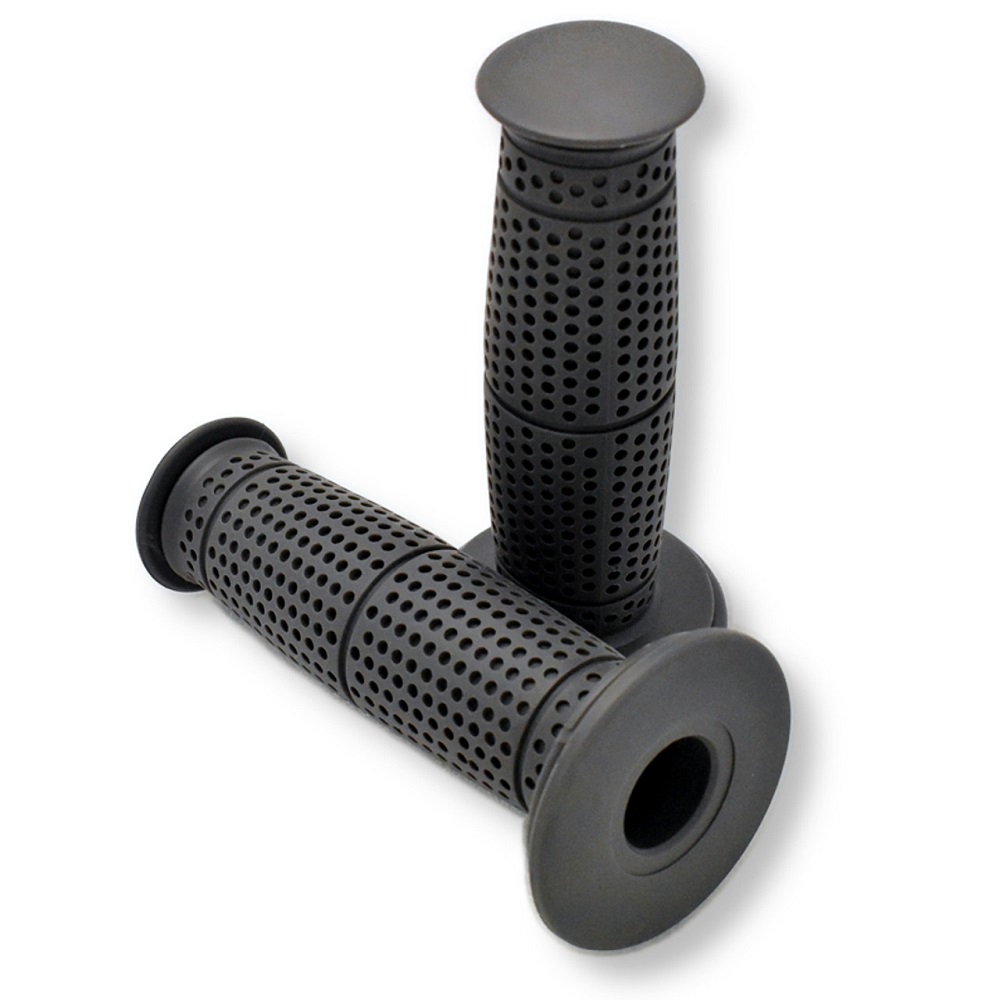
Leave a Reply